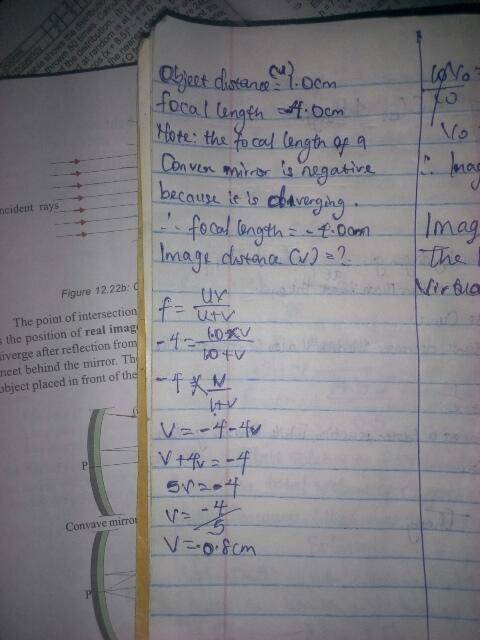

Answers: 1


Other questions on the subject: Physics

Physics, 21.06.2019 22:40, Animallover100
Which feature indicates that mars resides in the inner region of the solar system
Answers: 3

Physics, 22.06.2019 11:30, georgesarkes12
1. a camcorder has a power rating of 19 watts. if the output voltage from its battery is 7 volts, what current does it use?answer units 2. a 1.5m wire carries a 6 a current when a potential difference of 57 v is applied. what is the resistance of the wire? your
Answers: 2

Physics, 22.06.2019 12:00, angelamirga332
Asolid round steel rod 6.25 mm in diameter and 375 mm long is rigidly bonded to the end of solid square brass rod 25 mm on a side and 300 mm long. the geometric axes of the bare are along the same line. an axial tensile force of 5.4 kn is applied at the extreme ends of the assembly. for steel e = 200 gpa and for brass e = 90 gpa. determine the total elongation for the assembly.
Answers: 1

Physics, 22.06.2019 15:30, Mhayslett12
To understand the electric potential and electric field of a point charge in three dimensions consider a positive point charge q, located at the origin of three-dimensional space. throughout this problem, use k in place of 14? ? 0. part adue to symmetry, the electric field of a point charge at the origin must point from the origin. answer in one word. part bfind e(r), the magnitude of the electric field at distance r from the point charge q. express your answer in terms of r, k, and q. part cfind v(r), the electric potential at distance rfrom the point charge q. express your answer in terms of r, k, and q part dwhich of the following is the correct relationship between the magnitude of a radial electric field and its associated electric potential ? more than one answer may be correct for the particular case of a point charge at the origin, but you should choose the correct general relationship. a)e(r)=dv(r)drb)e(r)=v(r)rc)e(r)=? dv(r)drd)e(r)=? v(r)r
Answers: 2
You know the right answer?
An object is placed 1.0 cm from a convex mirror with a focal length of 4.0 cm....
Questions in other subjects:



Mathematics, 16.04.2021 01:00

Mathematics, 16.04.2021 01:00



Mathematics, 16.04.2021 01:00






